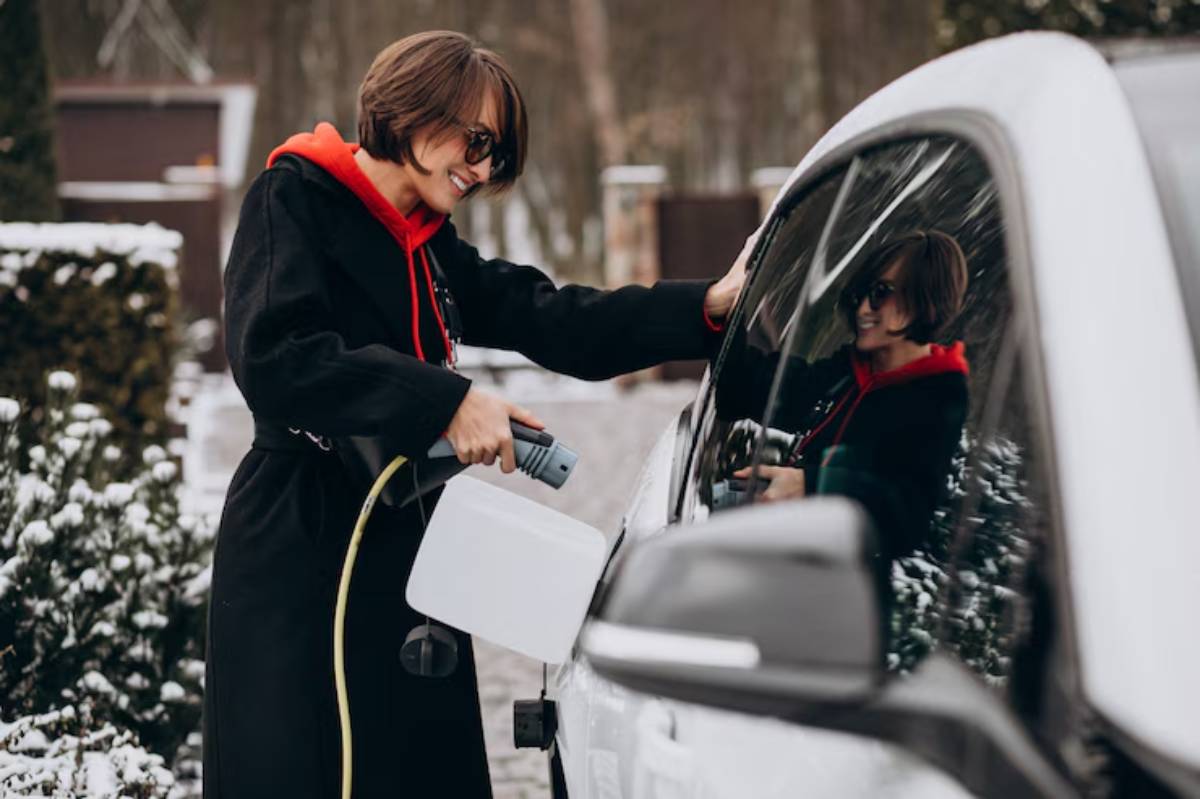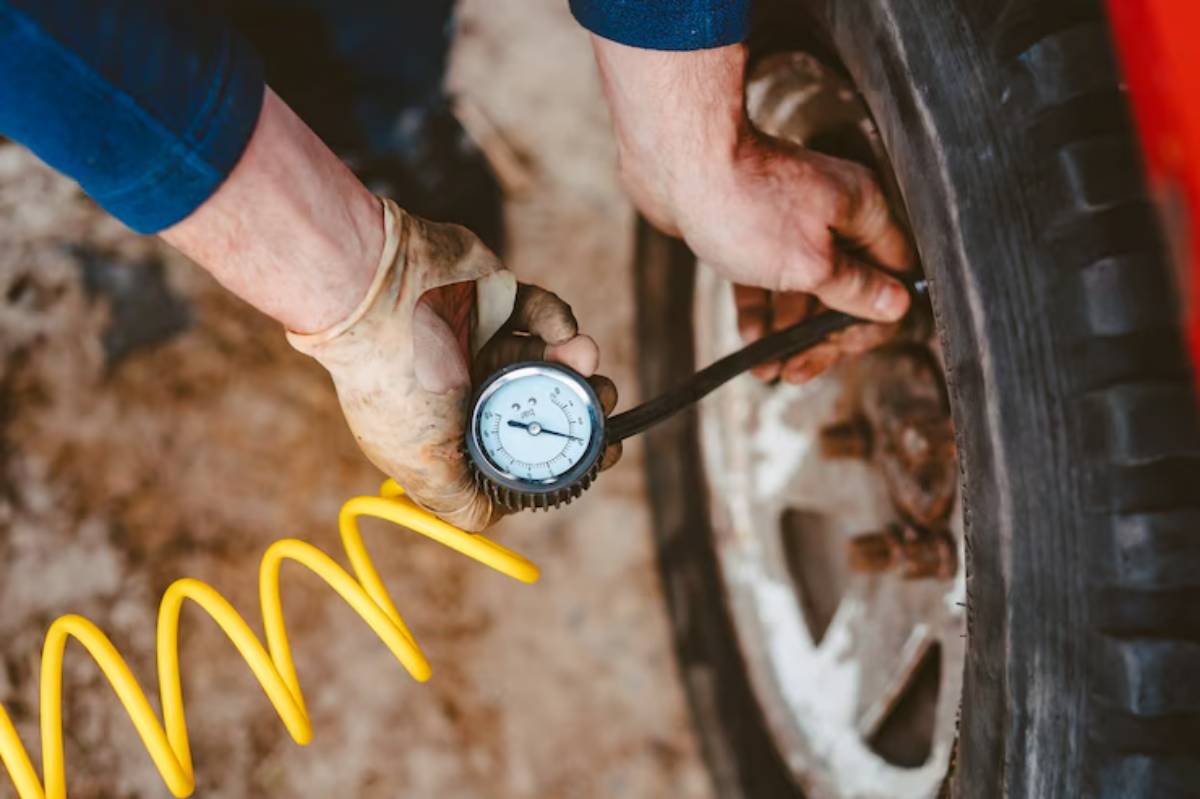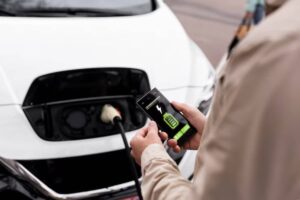The Automobiles Blog

How to Maintain a Hybrid Car in Extreme Weather
You bought a hybrid for efficiency, but maybe you’ve noticed strange behaviour when the weather shifts. On freezing mornings, your battery seems sluggish, and in a summer heatwave, your fan sounds like it’s in overdrive.
Extreme weather affects more than just your comfort—it impacts your car’s performance, battery life, and even fuel economy. Hybrid cold-weather care and summer hybrid prep are essential to protect your investment and ensure smooth, safe operation year-round.
This guide explains how to weatherproof your hybrid for any condition, from snow and slush to scorching heatwaves.
Understanding the Core: How Weather Affects Hybrids
Hybrids combine electric motors with petrol engines, relying on a high-voltage battery to power auxiliary systems and improve fuel efficiency. These systems are sensitive to temperature changes.
Key Impacts of Cold Weather:
- Decreased battery efficiency and range
- Slower engine warm-up
- Regenerative braking limitations
- Reduced tyre grip
Key Impacts of Hot Weather:
- Battery overheating and premature ageing
- AC system overuse, reducing MPG
- Tyre overinflation or blowouts
- Increased strain on cooling systems
Bottom line? Your hybrid needs different care strategies depending on the season.
Quick Reference Checklist: Hybrid Weather Readiness
- Precondition the cabin and battery before driving
- Check tyre pressures monthly
- Clean battery air vents and cooling fans
- Use the correct coolant mix for temperature extremes
- Avoid deep discharges in winter
- Keep your car garaged or shaded
- Inspect wipers and HVAC before seasonal shifts
- Perform battery diagnostics annually
Step-by-Step Guide: Preparing Your Hybrid for Cold Weather

1. Precondition While Plugged In (For Plug-In Hybrids)
Start heating the cabin and battery while the vehicle is still plugged in to reduce strain once on the road.
- Set a timer via your hybrid app
- Warm the cabin without using battery reserves
- Prevent battery shock from sudden cold loads
2. Use Eco or EV Mode Strategically
Cold temperatures limit the efficiency of electric-only driving. Use EV mode only when:
- The battery is warm
- Driving short distances in traffic
- Avoiding engine start-ups early on cold mornings
3. Monitor Tyre Pressure Weekly

Cold air causes tyre pressure to drop, which affects grip and mileage.
- Inflate tyres to the recommended PSI
- Check pressure first thing in the morning
- Consider winter tyres if you face snow or ice regularly
4. Keep Battery Vents Clean
Many hybrids have battery cooling vents under seats or in the boot. If blocked by snow, mud, or debris:
- Batteries can overheat during charge/discharge
- Fans may run longer, draining power
Vacuum vents monthly in winter and inspect after long journeys.
5. Don’t Skip Cabin Air Filter Maintenance
In winter, your cabin filter affects defogging and airflow, critical for safety.
- Replace every 12 months
- Use HEPA filters to reduce condensation and dust
- Prevent fan strain from clogged filters
You can follow our guide on how to check and replace a hybrid car air filter to do this yourself.
Step-by-Step Guide: Preparing Your Hybrid for Hot Weather
1. Park in Shade or Use a Windshield Reflector
Battery efficiency and AC usage are linked to interior temperature.
- Parking in the shade reduces interior heat by up to 10°C
- Prevents unnecessary use of air conditioning
2. Keep the Battery Cooling System Healthy
The hybrid battery fan works overtime in summer. To help it:
- Clean the vent area with a soft brush or vacuum
- Avoid storing bags over the rear seat/boot cooling ducts
- Schedule battery fan inspection annually
Expert Tip: If the fan gets noisy, it’s a sign the battery is running hot.
3. Optimise Climate Control Settings
- Use “Recirculate” mode to maintain cool air
- Set the AC to a moderate temperature — full cold wastes energy
- Use auto mode when available for efficient cycling
4. Watch Tyre Pressures
Heat causes air to expand, leading to:
- Overinflation
- Uneven wear
- Risk of blowouts
Check tyres after long summer drives, especially before holidays.
5. Limit Load and Clear Clutter
Extra weight = extra fuel + heat.
- Remove unnecessary items from the boot
- Use roof boxes only when needed
- Ensure passengers don’t block the vent airflow
Pro Tips & Important Notes
- Cold Weather Tip: Never rev the engine immediately after a cold start. Let your hybrid warm naturally to protect both the ICE and battery system.
- Hot Weather Tip: Use apps to cool the cabin before entering. It eases the load on the AC system and extends battery performance.
- All-Season Advice: If you’re storing your hybrid for weeks, disconnect the 12V battery or use a smart charger to prevent drain.
Best Practices for a Weatherproof Hybrid
- Winter: Use rubber mats, check defrost settings, and keep de-icer in the boot
- Summer: Wash the car regularly to remove dust that clogs sensors and cameras
- All Year: Update your hybrid software — some updates improve energy management under extreme conditions
Case Study:
Prius owner Maya in Yorkshire noticed frequent battery fan noise in summer. After vacuuming the boot vent and using a windshield shade, the fan stopped running constantly, improving both MPG and comfort.
FAQs: Hybrid Maintenance in Extreme Conditions
Why does my hybrid feel sluggish in cold weather?
When cold, the battery is less efficient, so the petrol engine does more work. Pre-warming the battery and cabin helps improve responsiveness.
Can I still use regenerative braking in snow?
Yes, but traction systems may reduce their effect for safety. Drive gently and allow more space to stop.
Do hybrids overheat more in summer?
Not more than petrol cars, but improper battery cooling can cause performance drops. Clean vents and monitor fan noise.
How often should I check the coolant in extreme seasons?
It’s a good habit to change coolant every 3 months. Use the correct coolant type and replace it every 5 years or as directed by your service guide.
Further Learning & Interlinking
Extreme temperatures can mask early signs of battery trouble. Read our guide on how to identify a failing hybrid battery early to stay ahead of serious issues.
And if you’re looking to reduce your fuel usage alongside weatherproofing, check out our hybrid fuel efficiency guide for practical driving and maintenance tips.
Conclusion: Weather-Proofing Starts with Awareness

You can’t control the weather, but you can control how well your hybrid responds to it. With a bit of preparation, year-round care, and seasonal awareness, your hybrid will perform safely, efficiently, and reliably — whether you’re dealing with frost, floods, or flaming tarmac.
Remember to:
- Adjust driving habits by season
- Inspect and clean vents regularly
- Check tyres and filters often
- Precondition and park wisely
Your next step? Start small. Clean that battery vent. Schedule a coolant check. Prepare your hybrid like you’d prepare yourself — layers in winter, shade in summer.
Do you have seasonal hybrid care tips of your own? Share them with our community below to help make every hybrid more weatherproof.









